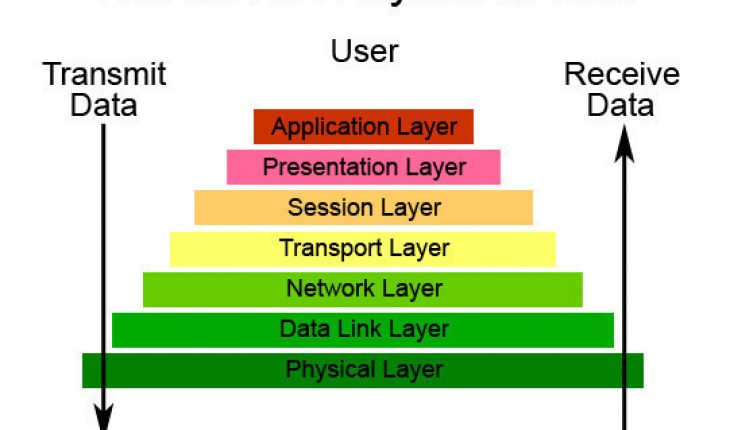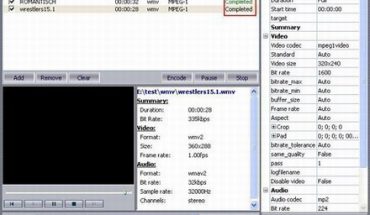One of the methods used by software professionals to describe the network and application is the OSI model. The actual intention of this project is to describe about the production network protocols. However, these projects are very complex, and also the cost associated with this project is very high, which is why the government is not able to complete this project. OSI spent most of the time in confusion that is going to do what thing, but during this time TCP conquered. OSI model was not very successful as they are very difficult for software professionals to implement this plan in the practical world. Before knowing about them you need to know about the design of the OSI model and how they are functioning.
Some of the things that are covered in the OSI model are application, presentation, session, transport, network, and data link, physical. One of the easiest ways how you will be able to remember all the seven layers of the OSI model by the line all people seem to need data processing.
Different layers of the OSI model
The various functions of the seven layers are discussed below.
Function of the seventh layer of the OSI model
The seventh application layer is responsible for giving the service for the end user which will include electronic messaging, virtual terminal access, email, file transfer etc. the ultimate purpose of this layer is to interact with the user.
Function of the sixth layer of the OSI model
The objective of the sixth presentation layer is the encryption and decryption. This is responsible for creating the syntax when two communicater’s will like to communicate.
Function of the fifth layer of the OSI model
The fifth session layer is responsible for the processing of the information of every step.
Function of the fourth layer of the OSI model
The messages are delivered using the transport model layer. This is the layer which is used to fragment as well as to reassemble the message pockets.
Function of the third layer of the OSI model
The path in which the data has to be sent in order to reach the desired destination is done by networked host layer. This layer works with the help of the router.
Function of the second layer of the OSI model
The second data link layer is the data link layer which will comprise of the hubs and nodes that are responsible when you like to communicate with the adjacent nodes in the network.
Function of the first layer of the OSI model
Bit level transmission between the nods in the network is done using the physical layer of the OSI. This layer can be defined in terms of the cables, connectors, voltages, pins out etc.
The major reason for this plan is not being carried out in the real world is because it is very difficult to implement this plan in the practical world. The reason being creating these OSI model is for the academic purpose by the academician and to serve the real purpose. TCP IP was designed to solve the problems that are related to the real issue. The standard of the OSI model is really poor and the only way that can be deal is to map the real world. TCP IP is considered as the more efficient model for the networking.





